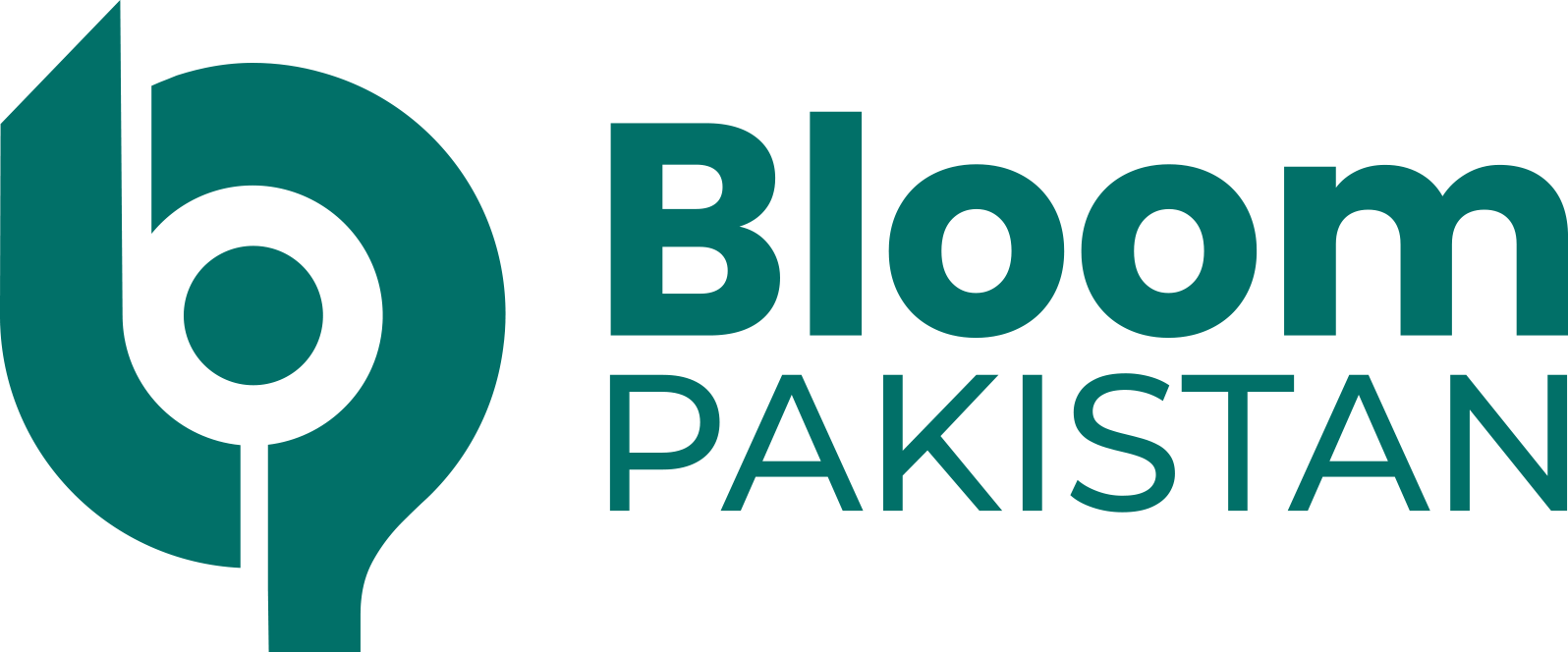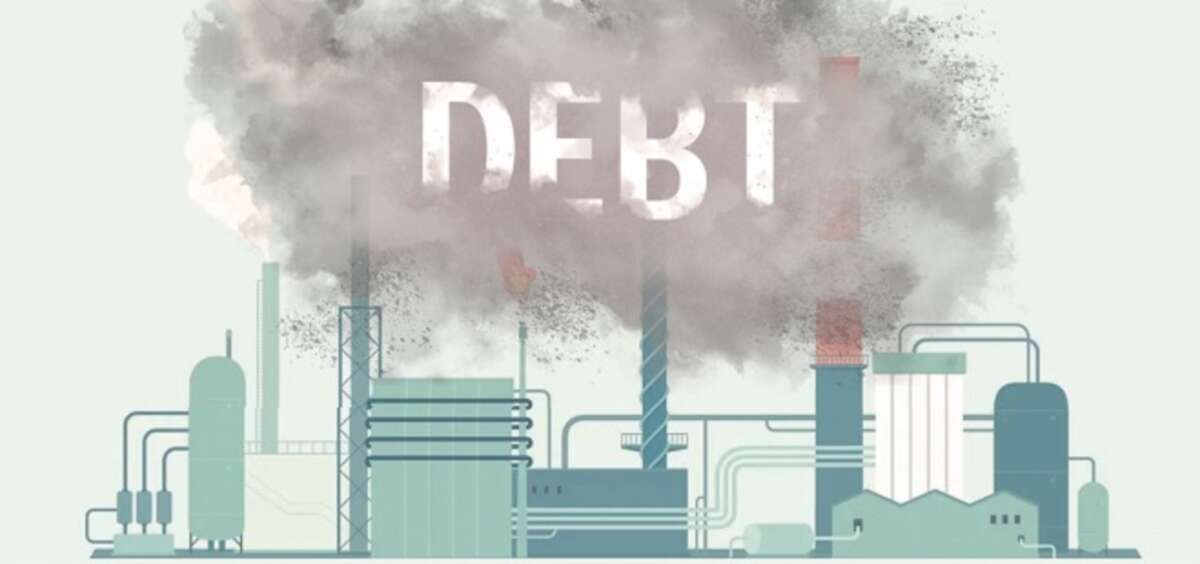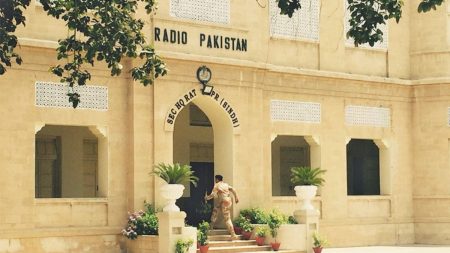ISLAMABAD: Pakistan’s total debt and liabilities have surged to nearly Rs81 trillion, marking a significant increase as the country struggles to find new financing sources to meet its growing debt servicing needs due to junk credit ratings.
According to the State Bank of Pakistan (SBP), the country’s total debt and liabilities increased by Rs8.4 trillion by the end of March compared to the previous year. This new record includes Rs4.4 trillion in liabilities, pushing the debt and liabilities burden to about three-fourths of the nation’s economy and approximately 15% higher than the statutory limit set by the Fiscal Responsibility and Debt Limitation Act.
The debt and liabilities increased at a rate of 12%, averaging Rs31 billion per day over the past year. Despite a stable exchange rate and the absence of significant foreign funding, the debt accumulation remains alarming. The rupee’s stabilization and slight improvement over the past year helped mitigate the increase in external debt, coupled with low credit ratings that deterred foreign commercial banks from extending new loans to Pakistan.
Austerity measures introduced by successive governments have largely remained theoretical, without substantial impact. No government has implemented meaningful reforms to curb debt accumulation, and mainstream political parties appear unwilling to undertake the challenging task of debt restructuring.
Prime Minister Shehbaz Sharif’s government has approved supplementary grants for honorariums to officers of the Prime Minister’s Office and Defence Production and additional funds for renovating the PM’s Office and providing subsidies to Azad Jammu & Kashmir. Initially, Rs7.3 trillion was budgeted for interest payments for the current fiscal year, which has now risen to Rs8.3 trillion. The cost of servicing the debt cannot be reduced until the central bank lowers the key policy rate and the government negotiates with commercial banks for a reduction.
As per SBP data, the gross public debt, under the direct responsibility of the finance ministry, reached Rs67.5 trillion by the end of March. Last fiscal year, the federal budget deficit soared to a record Rs6.7 trillion, driven by the expansionary fiscal policies of the PDM government.
Public Sector Enterprises’ debt and liabilities totaled Rs3.8 trillion by the end of March, largely borrowed to finance their deficits. Despite the need for reform, no government has taken steps to address state-owned enterprises’ inefficiencies. The PML-N government has yet to finalize the list of entities it intends to retain or sell.
External debt remained stable at Rs33 trillion over the past year due to the rupee’s appreciation against the US dollar and the absence of fresh foreign financing expected from the IMF and the World Bank. The central bank had to purchase about $6 billion from the open market to stabilize reserves, keeping the external debt around $130 billion for this fiscal year.
Pakistan’s external debt and liabilities reached $130.4 billion by the end of March, an increase of $3 billion from the previous year. The country’s debt from the IMF stood at Rs2.2 trillion by the end of March, with the IMF currently assessing Pakistan’s conditions before deciding on a new bailout package.
The federal government’s total domestic debt increased to Rs43.4 trillion, rising by Rs4.6 trillion or 12% in the past year. The country spent Rs5.8 trillion on servicing the total debt, marking a 53% increase from the previous year, with the cost of interest payments exceeding net federal income during this fiscal year.
Despite commitments to the IMF and the World Bank, Pakistan’s Debt Management Office remains under-resourced, and the Ministry of Finance appears reluctant to strengthen it. Significant reforms are needed, including reviews of provincial projects, the dissolution of ministries now under provincial control, and addressing defense and debt expenses to alleviate this burden.









